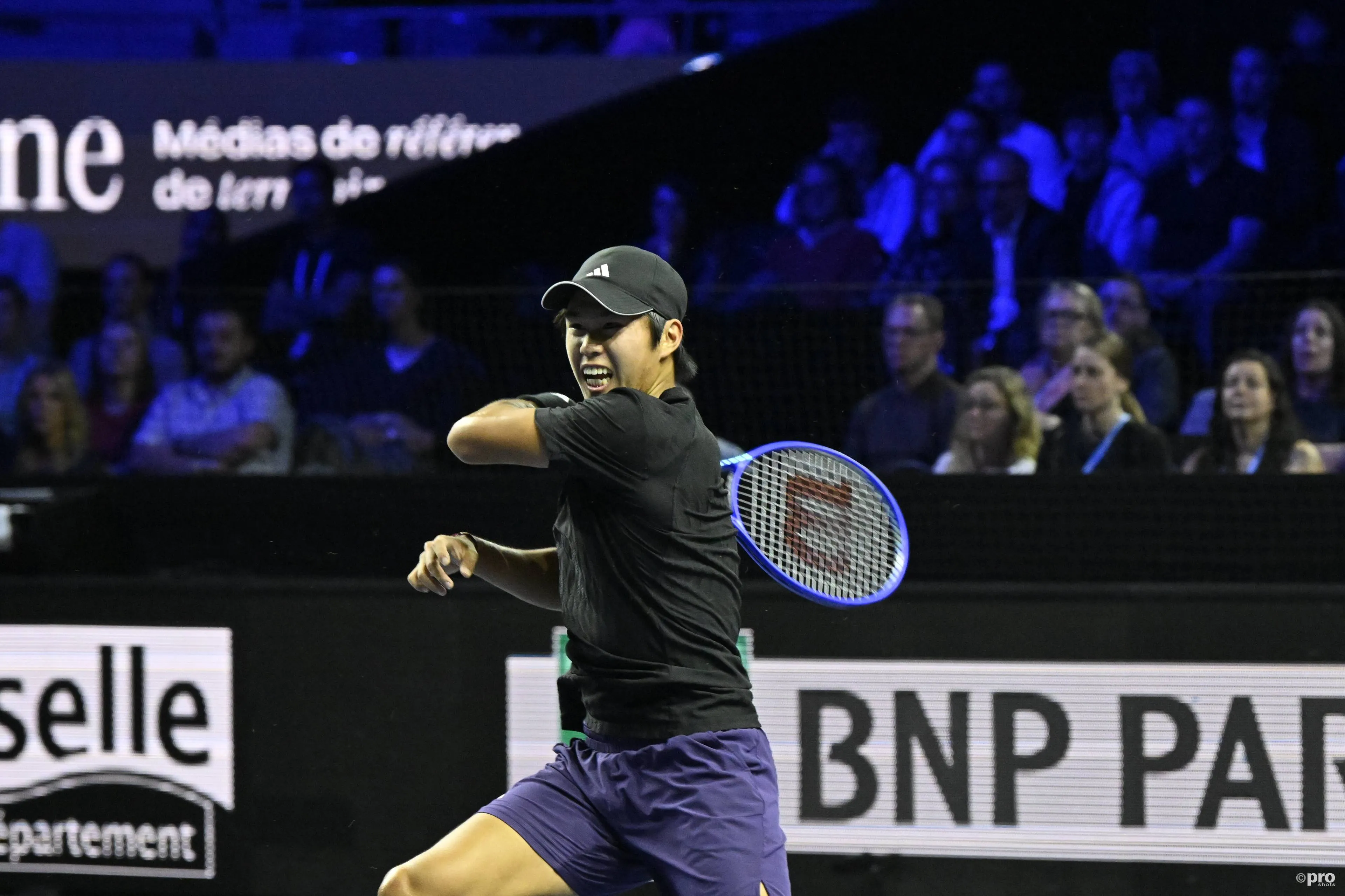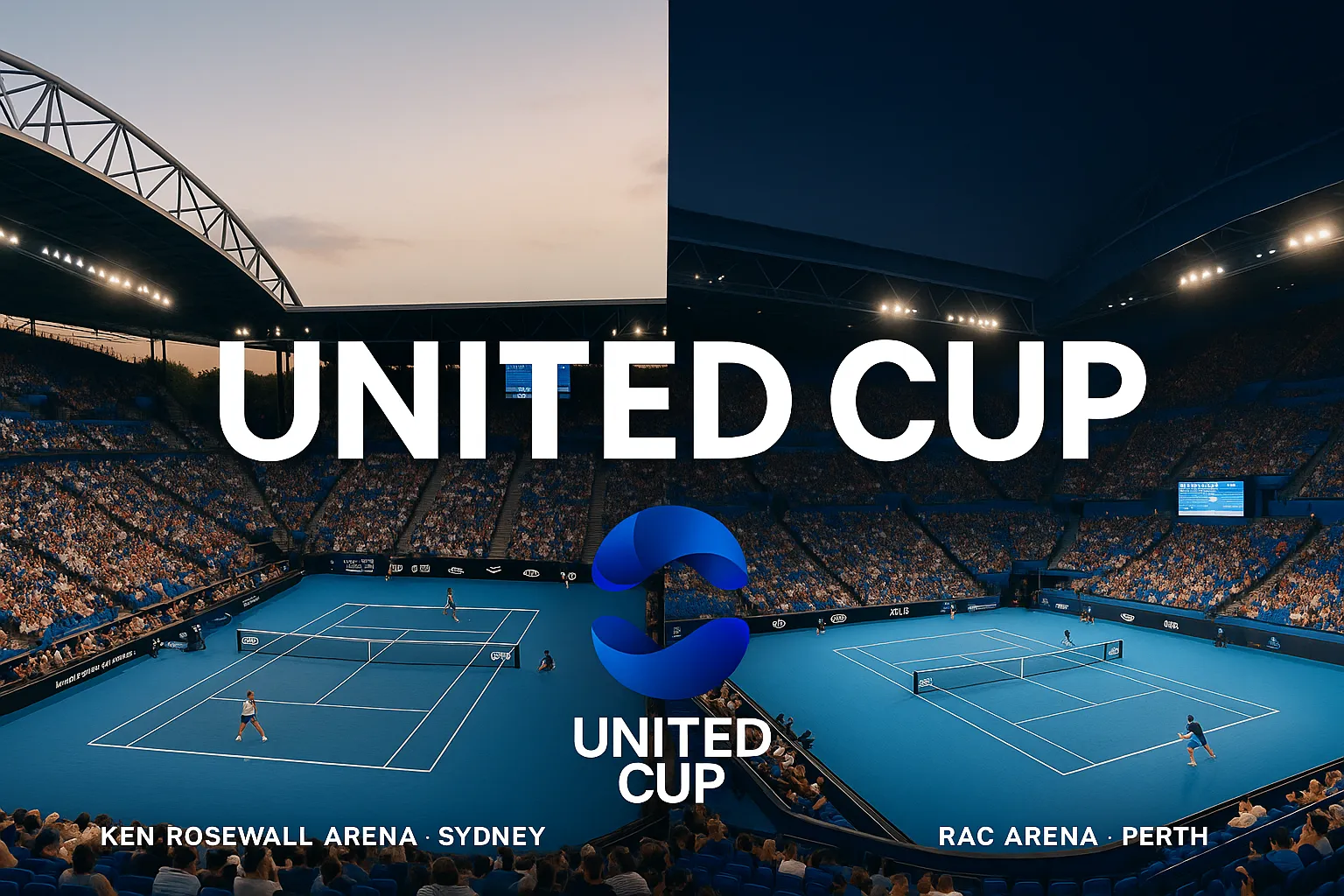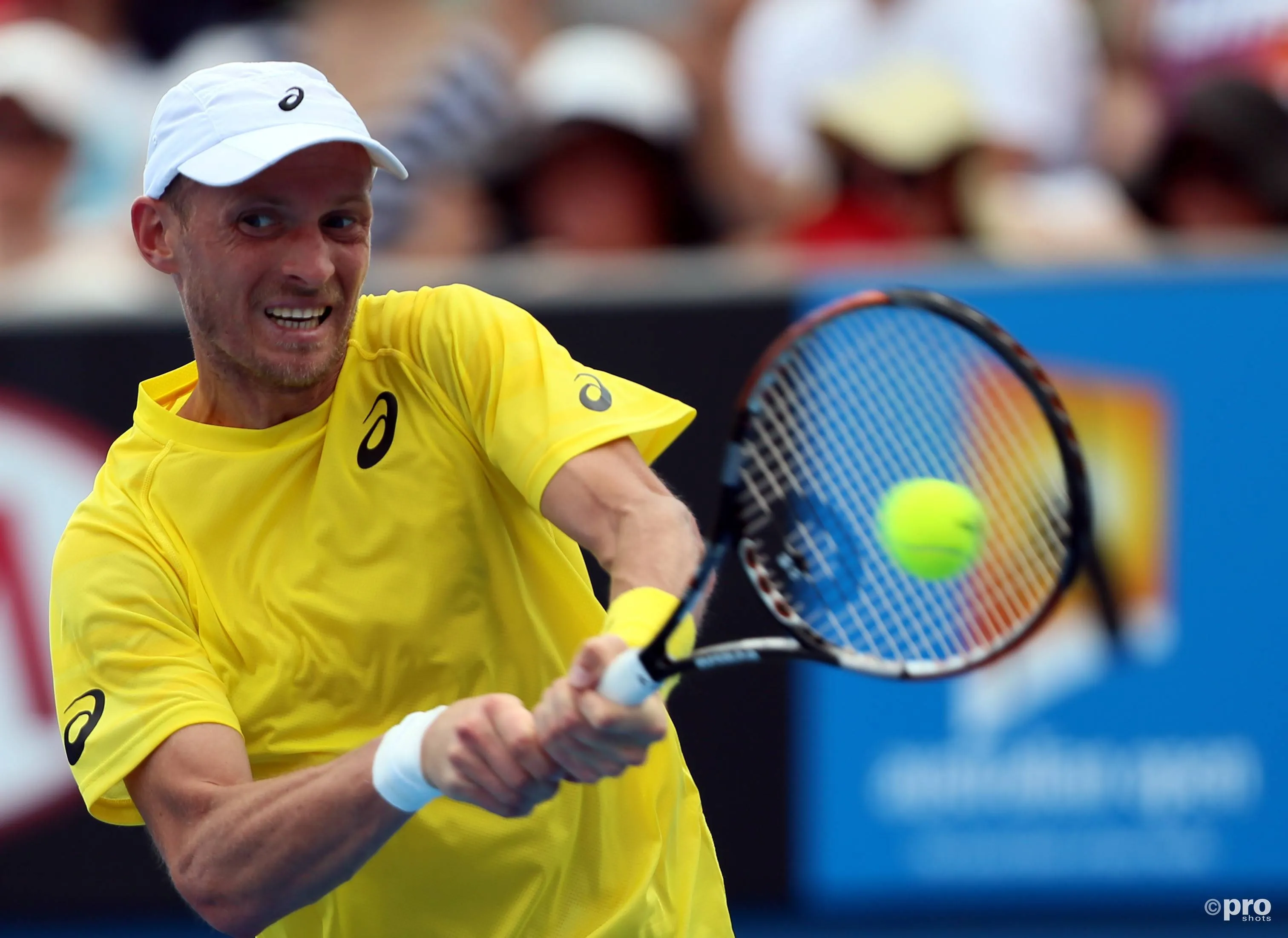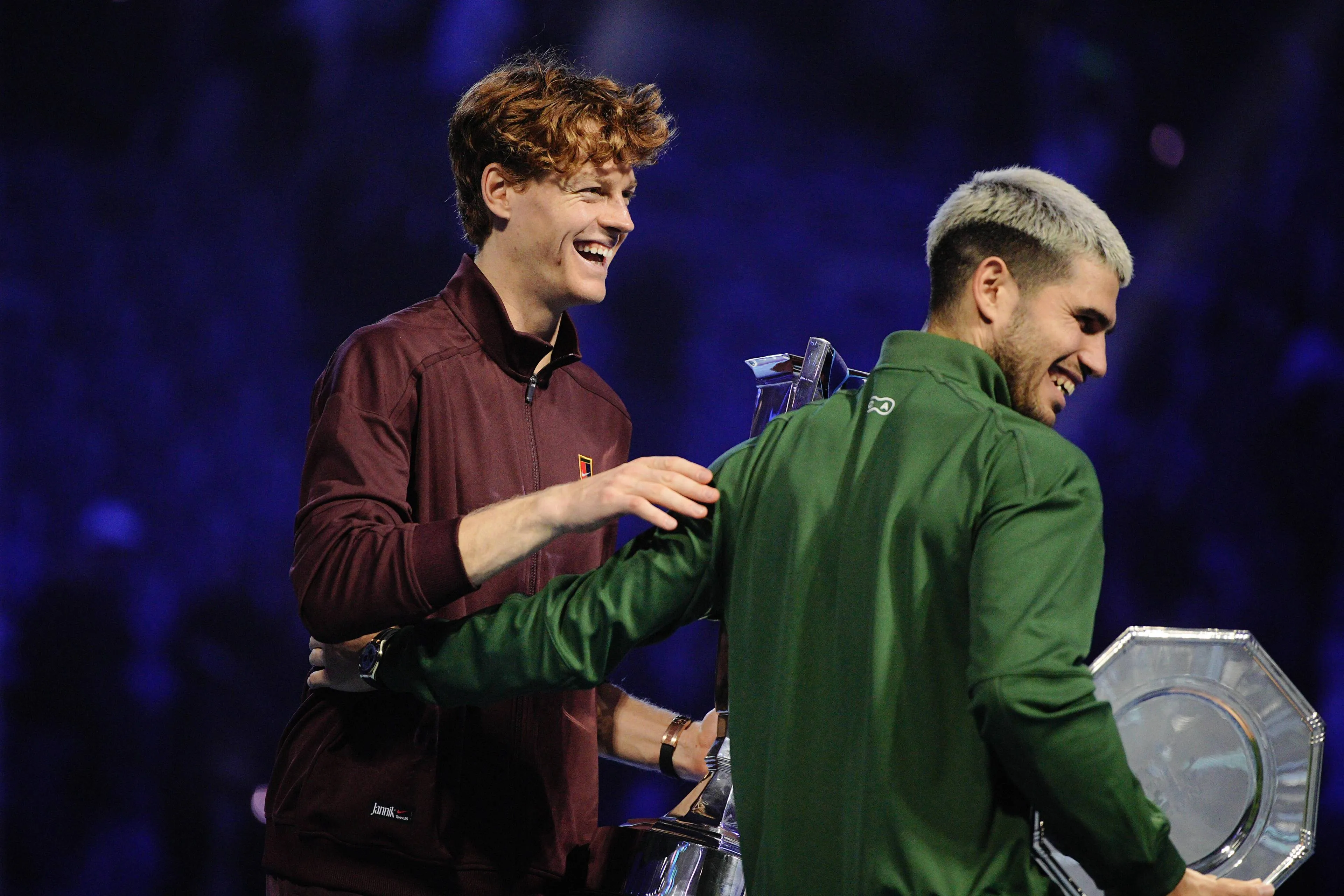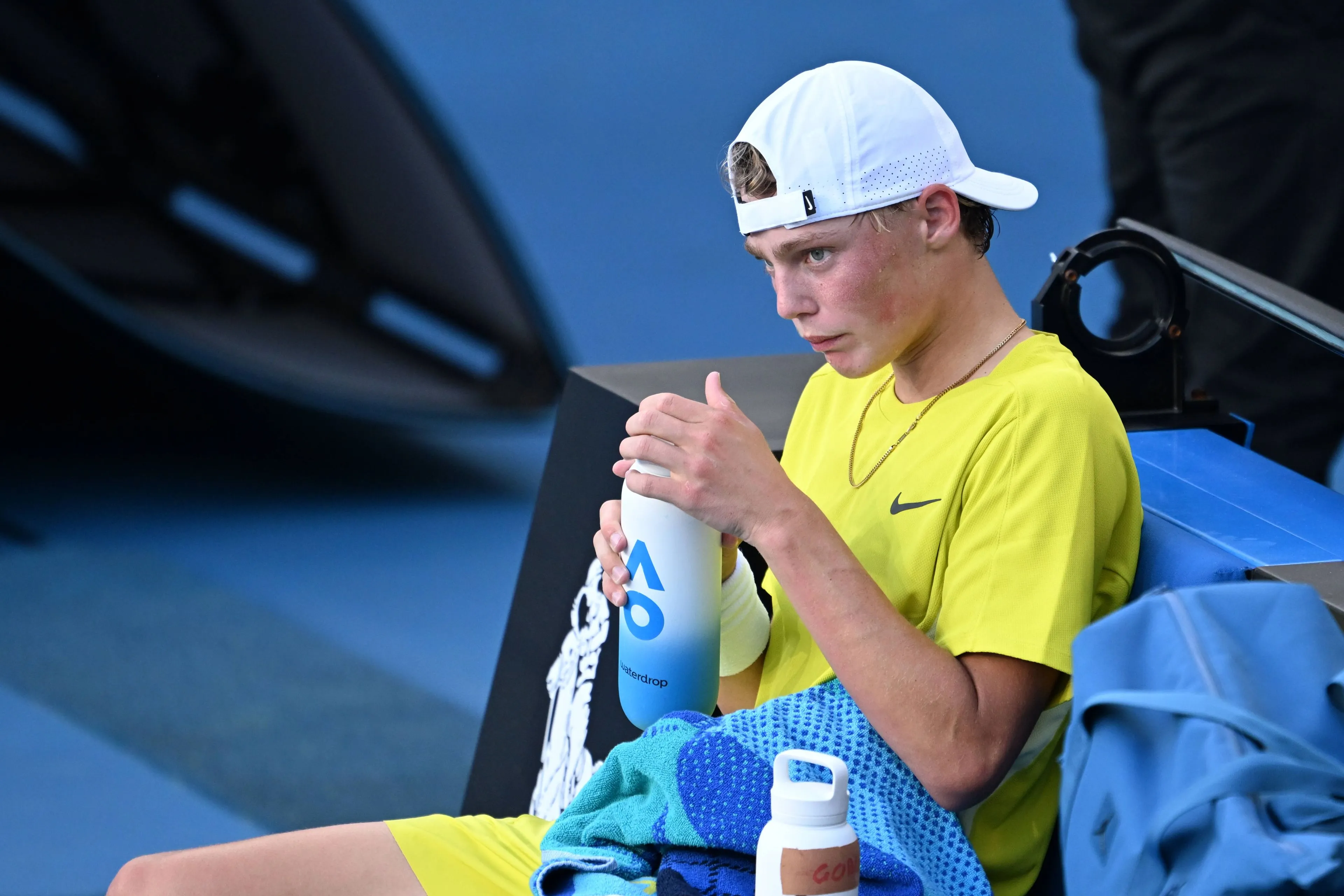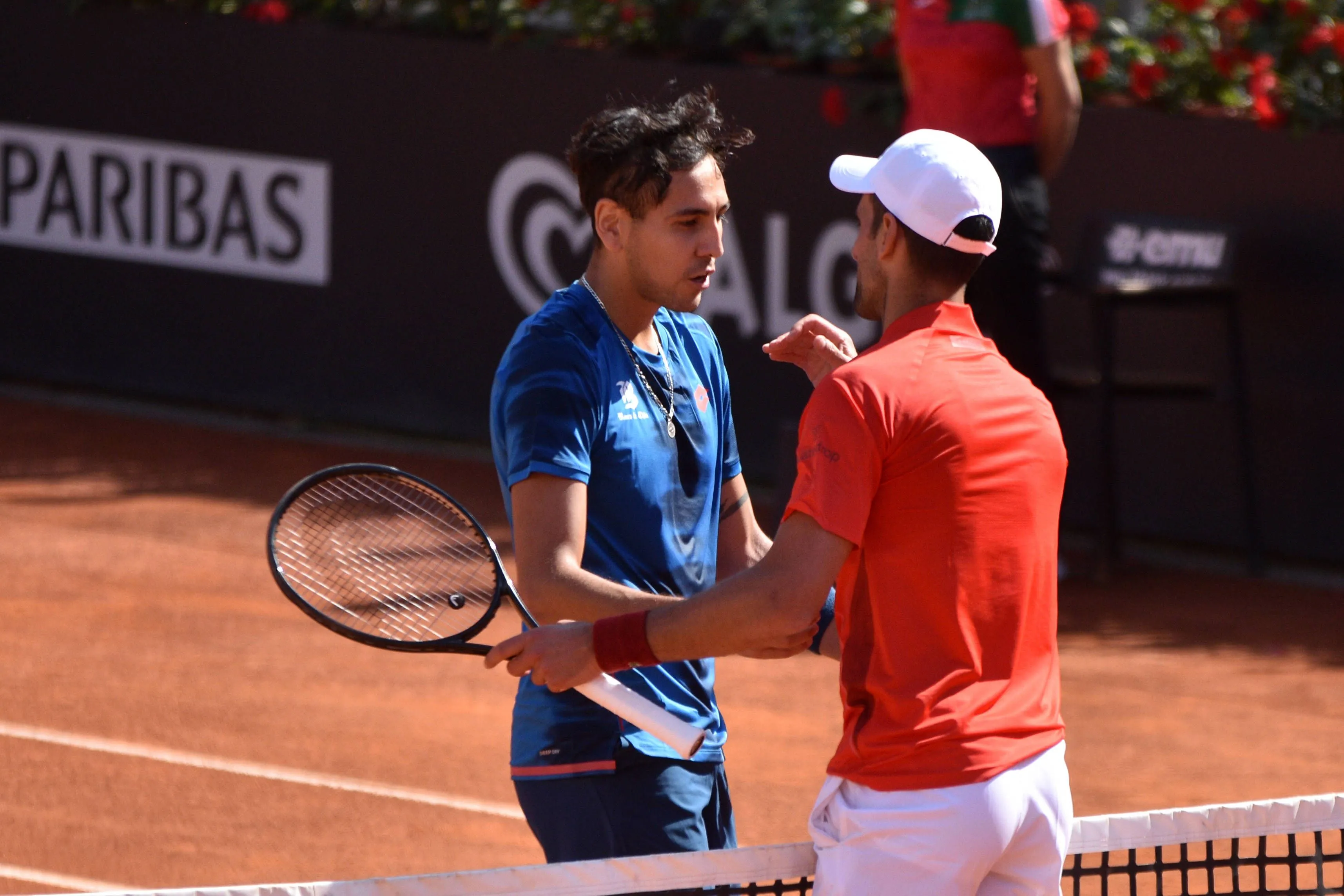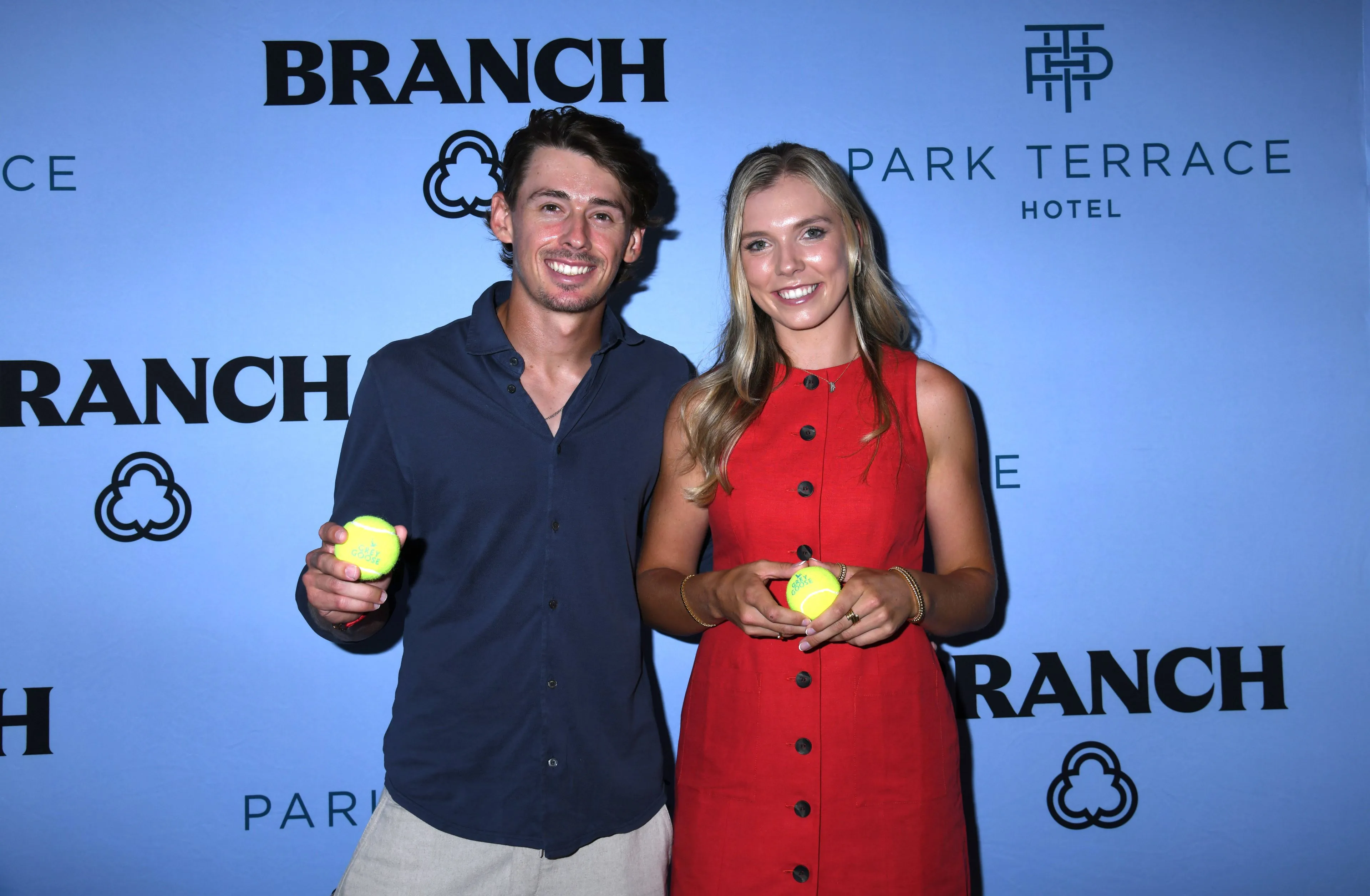"You have to keep the fan's attention": Can shorter sets attract younger viewers to tennis?
Tennis NewsTuesday, 17 October 2023 at 10:30
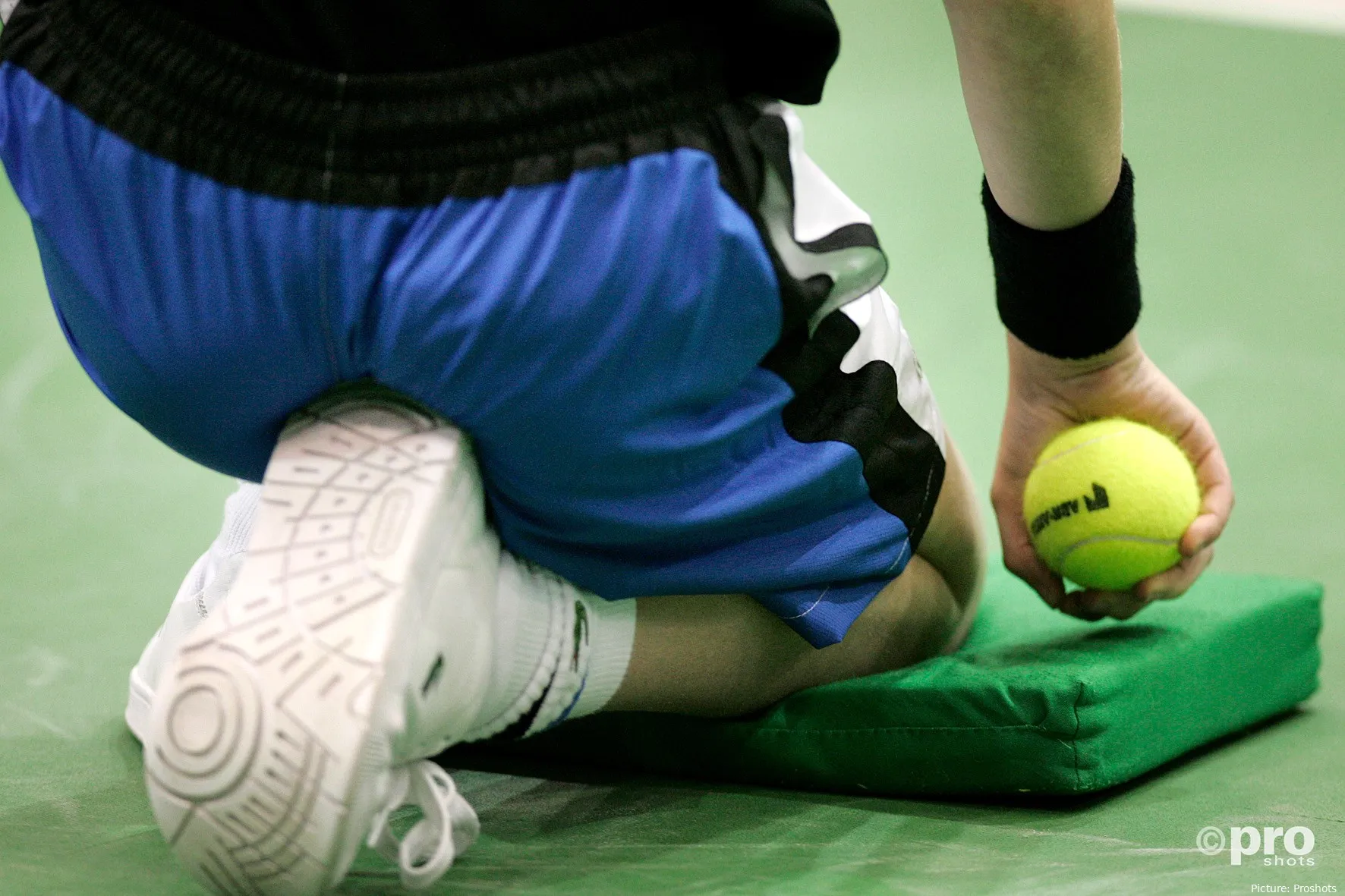
Dick Norman, tournament director for the ongoing European Open in Antwerp, recently shared his thoughts on how to attract younger viewers to tennis and how the sport may have to move with the times to keep them engaged.
In the past, viewers would sit for hours in front of their television screens to watch some of the greatest (and longest) matches in tennis history. These included Roger Federer and Rafael Nadal's historic battle in the 2008 Wimbledon final, as well as Nadal's clash with Novak Djokovic in the final of the 2012 Australian Open, which became the longest Grand Slam final in history after it lasted an incredible five hours and 53 minutes.
However, research now suggests that younger viewers are not tuning in to watch matches anymore. Therefore, Norman and Belgian former tennis player Filip Dewulf recently addressed how to attract a younger generation in the era of TikTok and short-form media.
Read also
Shorter sets could solve engagement problem
In a recent episode of the Tennis Flanders podcast "Dubbelspel", Norman and Dewulf shared their thoughts on how best to resolve this issue and suggested some pretty major format changes.
"According to research by the ATP, it is only the older generation that comes to tournaments and watches full matches on television. Young people, on the other hand, watch summaries via multiple screens.
"Just think of sets of 4 games instead of 6, Tie Break Tens (in which only tiebreaks are played) and tennis with assignments where you get extra points when you play with serve and volley, for example", Dewulf said before adding that the better the players get, the longer the matches will be, using the 2023 Cincinnati Masters clash between Djokovic and Carlos Alcaraz as an example.
Read also
"One of the difficulties is that the players are getting better physically, so the matches just last longer. The final in Cincinnati this year to two sets lasted almost 4 hours," he continued.
Norman and Dewulf then went on to suggest that shorter matches could make the sport more "exciting" but also pointed out a disadvantage to the format change.
"You have to keep the fan's attention. Shorter matches could be a solution," Norman said.
"You could say that shorter sets immediately make it exciting. Players must then be there from ball one.
"The other side of the coin is that the top players, who benefit from longer, tough matches, will not automatically make it to the final phase of tournaments. Something that tournament directors would rather not see," Dewulf added.
claps 0visitors 0
Just In
Popular News
Latest Comments
- Wow! Someone (author) is over-the-top impressed with Mercedes!! NEWSFLASH: The general public could care less what brand name is associated with any sport. What many are indeed interested in is -- Where is that obscene amount of money going?
- The current screwed-up appeasing state of Society makes it very difficult for sports to Right the Wrong of allowing Males to compete against females -- and vice-versa -- simply because one 'believes' they are a different gender. DNA testing is an obvious step toward Truth. Biology does not lie... you are what you are regardless of what one thinks. Moreover, using permanent surgeries to manipulate one's body also does not change its Biology. I like to believe I am extremely wealthy, with unlimited funds in my accounts... but the banks and retailers say it is not so. End of Fantasy.
- Forgot to add... I have nothing against white people.
- Good on them!! This betting disease is going to go one of two ways: Either it will be entirely restructured from the irresponsible "business model" it is; or be forced to return to off-line avenues. If this current situation continues, it will not end well for sports nor betting entities.
- Here's a "challenge"... stop withdrawing from, and/or cancelling, so many tournaments.
- I was ignorant once as well, in my Teens. May I recommend a dictionary? BTW: She has been called many, many, MANY names... and she earned every one of them!
- Over-Botoxification is gross.
- wow only one racist in these comments... oh well the article is still new
- “I think that’s a challenge..." A 'challenge' would be for Emma to play as many tourneys as her peers -- then talk to us about scheduling!
- RIDICULOUS... "retire" should be a permanent decision. Yet these two sisters keep infringing upon up-and-coming young players for their personal amusement. ENOUGH ALREADY from these wealthy women too easily bored with their privileged Lives.
Loading


